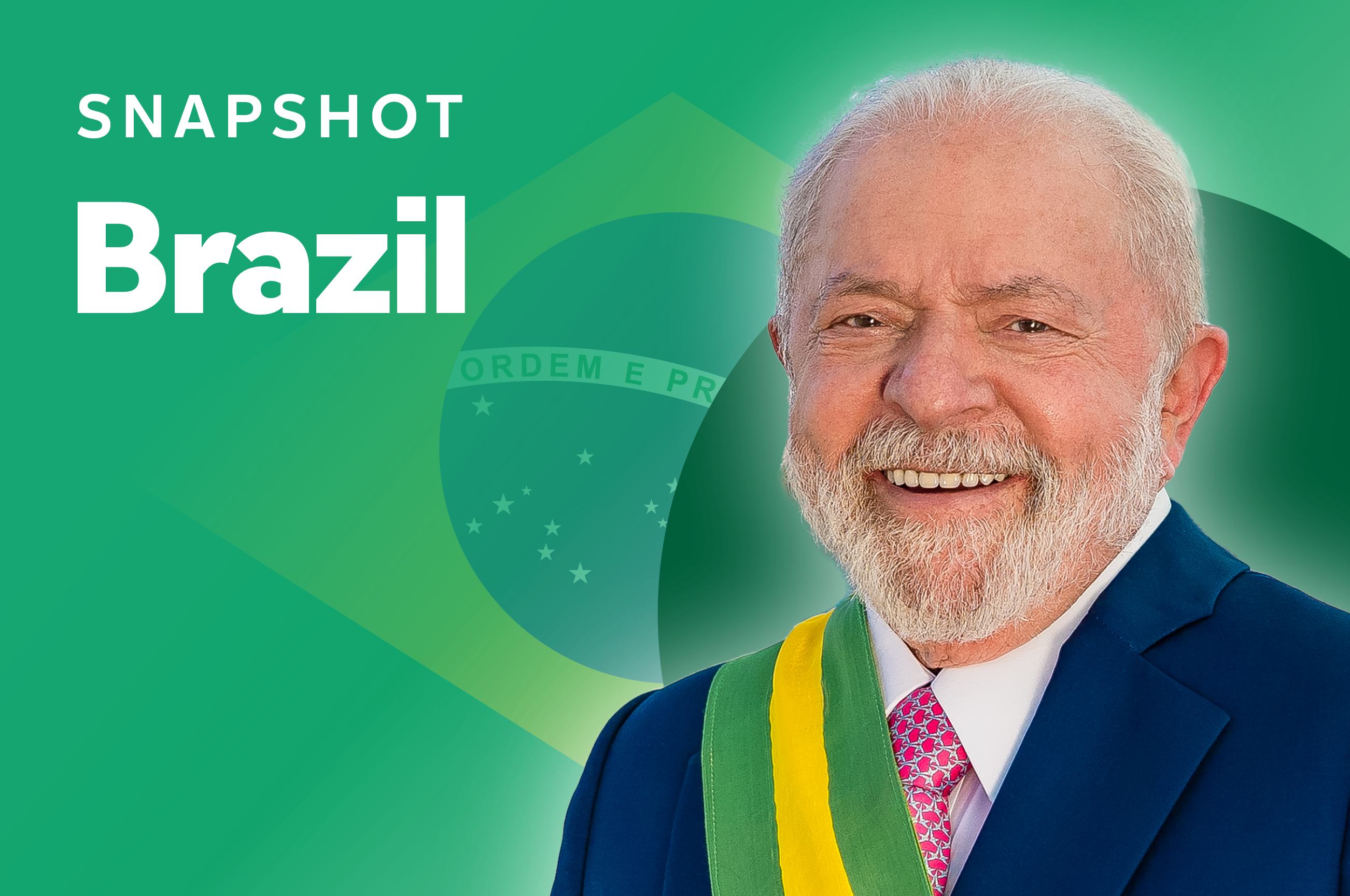This article is adapted from AQ’s special report on trends to watch in Latin America in 2025
Brazil

PRESIDENT
Luiz Inácio Lula da Silva
IN OFFICE
2003-2010; 2023-2027
Markets’ worries about Brazil have mounted amid broad concerns about public finances under President Luiz Inácio Lula da Silva. In November, the real fell to six to the dollar after Finance Minister Fernando Haddad announced plans to cut public spending by a less-than-expected $11.8 billion. While unemployment hit a 10-year low in mid-2024, the IMF projects 2.2% growth this year following growth rates of about 3% from 2022-24, and forecasts 3.6% inflation in 2025 (above the central bank’s 3% target rate). In his third term, Lula has sought to reassert Brazil’s role as a major player in the Global South, weighing in on Ukraine, Gaza and Venezuela. Brazil assumed the BRICS presidency on January 1, and the Lula administration is expected to concentrate on BRICS-related activities in the first half of the year before the Amazonian city of Belém hosts the COP30 conference on climate in November. State oil company Petrobras seeks to drill in the Foz do Amazonas Basin, which has created divisions within his administration. Although he is barred from running for office until 2030, former President Jair Bolsonaro stated that he will seek Trump’s help to run in the 2026 presidential election. Last November, Brazil’s federal police accused Bolsonaro and 36 others of attempting a coup after the 2022 election, which all denied.
| Presidential approval rating | 52% |
| Population (millions) | 212.5 |
| Homicide rate (per 100,000 people) | 18.7 |
| % who say they would like to emigrate in next three years | 22% |
| Capacity to Combat Corruption Index ranking (out of 15 Latin American countries) | 8 |
TRENDS TO WATCH
- Fiscal and inflation concerns
- Energy and climate policy ahead of COP30 summit in November
- Candidacies in 2026 presidential election


ECONOMIC INDICATORS (2025 PROJECTIONS)
| GDP (current USD, billions) | $2,307 |
| GDP (% change) | +2.2% |
| GDP per capita (current USD) | $10,815.5 |
| Inflation | 3.6% |
| Unemployment rate | 7.2% |
| Poverty rate (World Bank definition, see note below) | 21.1% |
| Fiscal balance (% of GDP) | -6.3% |
| FDI (2023, billions USD) | $65.9 |
| Remittances inflows (2023, billions USD) | $4.4 |
NOTE: Poverty rate is $6.85 in 2017 PPP. Pie chart indicates total value added of GDP by economic activity at current prices. Figures rounded to nearest decimal.
SOURCES: Presidential approval: Quaest (December 2024); Population, GDP and growth, inflation, unemployment: IMF World Economic Outlook (October 2024); Homicide rate: InSight Crime (2024); Emigration polling: AmericasBarometer (2023); Corruption index: AS/COA and Control Risks (2023); Trading partners: World Integrated Trade Solution (2022); GDP by economic activity: ECLAC (2023); Poverty and fiscal balance: World Bank (October 2024); FDI: UNCTAD (June 2024); Remittances: World Bank (June 2024).




